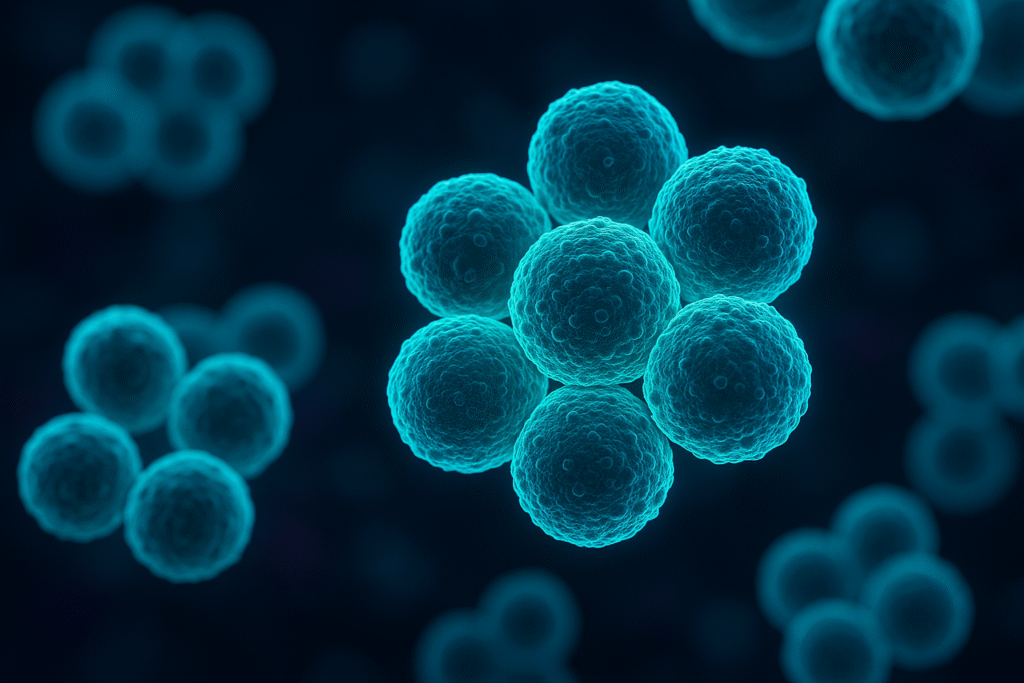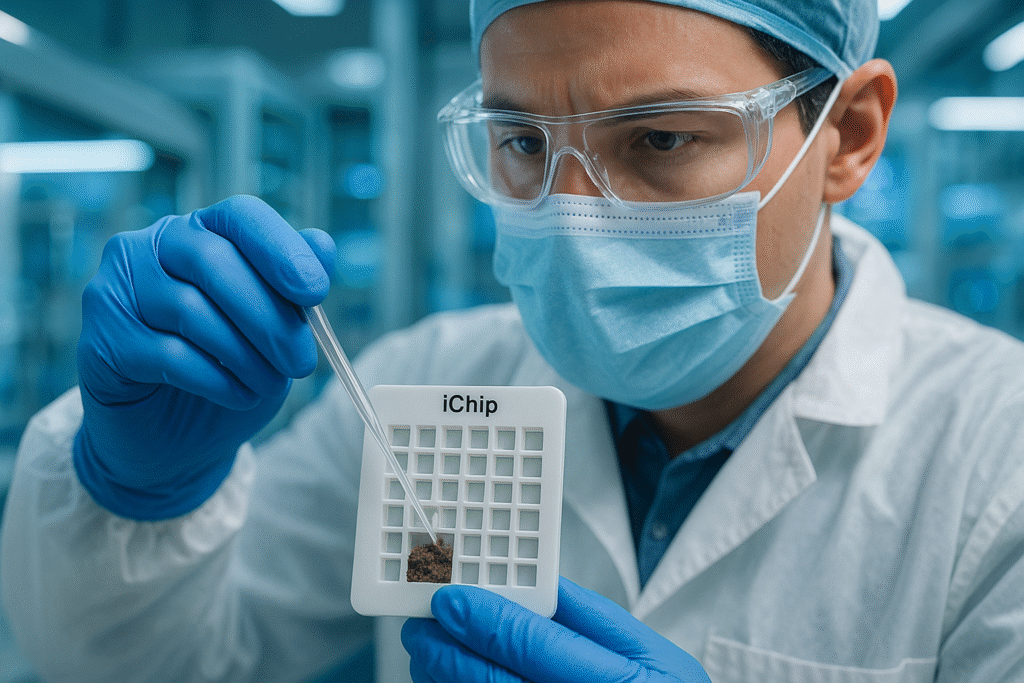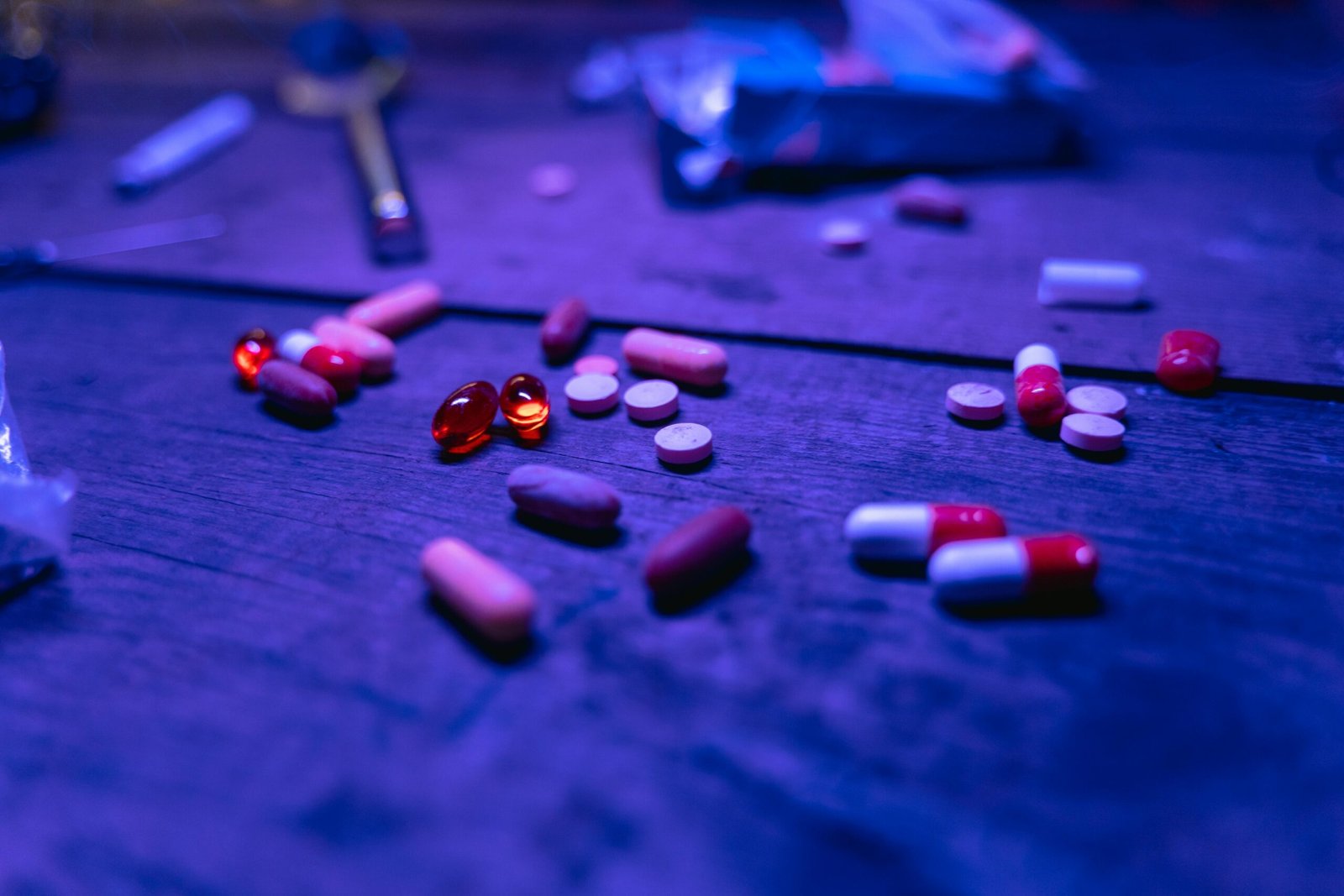Antibiotic-resistant infections which were once easy to treat in our modern world may regain their deadly properties. The sad current reality shows antibiotic-resistant bacteria known as superbugs because they have developed resistance to antibiotics. The new antibiotic teixobactin brings promise in superbug treatment and researchers used the innovative iChip to discover it. Laura J. V. Piddock unveiled the groundbreaking discovery in the Journal of Antimicrobial Chemotherapy (Volume 70, pages 2679–2680 of 2015) through her study. This text discusses teixobactin as an antibacterial agent with its importance for our future together with its discovery method through iChip technology.
What Is Teixobactin?
The antibiotic teixobactin represents a completely different antibiotic category from previously discovered medication. A bacterium based at Eleftheria terrae produces the antibiotic agent inside a soil environment scientists previously failed to grow in laboratories. Why? The majority of soil microbes amounting to approximately 99 percent fail to survive typical laboratory cultivation methods. The application of the iChip represents the key solution to this issue. The innovative iChip device uses its plastic plate structure with microchambers to catch single bacteria cells before creating their natural bacterial growth environment. The method permitted scientists to detect teixobactin which demonstrates specialized bacteria-killing properties.
Why Is This a Big Deal?
The millions of lives saved by antibiotics face a serious threat from strains like MRSA (methicillin-resistant Staphylococcus aureus) and drug-resistant tuberculosis since these superbugs are expanding their resistance. The World Health Organization proclaimed antibiotic resistance to be a worldwide crisis in 2014. Teixobactin provides reason for optimism because it demonstrates effectiveness against strong hospital-acquired bacteria such as:
MRSA represents one of these dangerous germs that produces dangerous skin and blood infections.
Streptococcus pneumoniae, a culprit behind pneumonia.
Mycobacterium tuberculosis, which causes TB.
The severe gut bacterial infection Clostridium difficile develops through specific links.
Bacillus anthracis, the bacteria behind anthrax.
Laboratory tests demonstrated that teixobactin reduced MRSA blood infection and pneumococcal pneumonia bacterial levels after one dose administration in mouse subjects. That’s promising news!

How Does Teixobactin Work?
Teixobactin functions as an antibiotic which attacks bacteria in a distinct approach. Teixobactin manages to destroy bacteria by binding itself to cellular molecules known as lipid II and lipid III which protect peptidoglycan within the cell walls. The bacteria become killed because its cell wall gets disrupted by teixobactin action. Early tests demonstrated that S. aureus along with M. tuberculosis failed to become resistant to teixobactin despite multiple exposure attempts utilizing this distinct mechanism. Medical experts consider this discovery fantastic since bacterial resistance represents the primary factor that fuels dangerous superbugs.
However, teixobactin isn’t a cure-all. Teixobactin shows excellent activity toward Gram-positive bacteria such as MRSA and mycobacteria yet it exhibits no effectiveness against Gram-negative bacteria including E. coli and Klebsiella. Why? The aggressive outer protective shell of Gram-negative bacteria stops teixobactin from entering or forces it out of the bacteria before it can cause any damage.
Could Resistance Be a Problem?
The excellent news about teixobactin is its resistance is difficult for bacteria to develop. The nature of bacterial cell walls prevents bacteria from surviving teixobactin by making necessary fundamental modifications that would be too difficult to accomplish. Scientists attempted to develop resistance in S. aureus and M. tuberculosis through laboratory techniques but they failed to achieve any successful results.
But there’s a catch. Teixobactin exists within a soil-dwelling bacteria that seems to maintain ecological balance according to natural processes. Genes that grant soil microbes resistance against themselves are detected in the organism that produces teixobactin. The emergence of resistance genes in harmful bacteria would become possible if these genes transfer from their current location. Laboratory testing of local soil bacteria genes should be performed to prevent resistance development according to the research.
What’s Next for Teixobactin?
Teixobactin stays in its initial research period. A drug which people acquire from pharmacies requires passing several extensive examinations for qualification.
Safety: Is it safe for humans? Diverse toxicology reviews need to be performed to determine side effects of the medicine.
The study needs to verify whether the compound operates similarly in human patients as it demonstrated in laboratory tests with mice.
The research team needs to discover ways to convert it into pill or injectable form to maintain its effectiveness inside the human body.
Long clinical trials will demand many years to determine whether teixobactin can succeed in reaching the market. Though the teixobactin antibiotic might not become available to patients in pharmacies there exists a fundamental transformation with iChip technology that discovered the drug. The technology might discover additional antibiotic substances that specifically confront Gram-negative superbugs.
Why Should You Care?
Medical experts consider antibiotic resistance to be a major emergency for global public health. Routine surgeries infections along with small cuts could prove to be deadly because the medical world lacks new drug discoveries. The iChip searching system alongside the new antibiotic candidate teixobactin provide humanity with methods to combat antibiotic resistance. The discovery of a life-saving solution from a tiny microbial creature found in the soil proves to be an outstanding scientific achievement.

The Bigger Picture
Scientific discoveries of teixobactin demonstrate how widespread natural knowledge remains undisclosed to humans. Soil represents that every day walking surface which potentially carries answers to tackle our most severe problems. Waiting for teixobactin to prove its effectiveness we must prevent superbugs from spreading by keeping strict control over the usage of antibiotics as directed by prescriptions.

